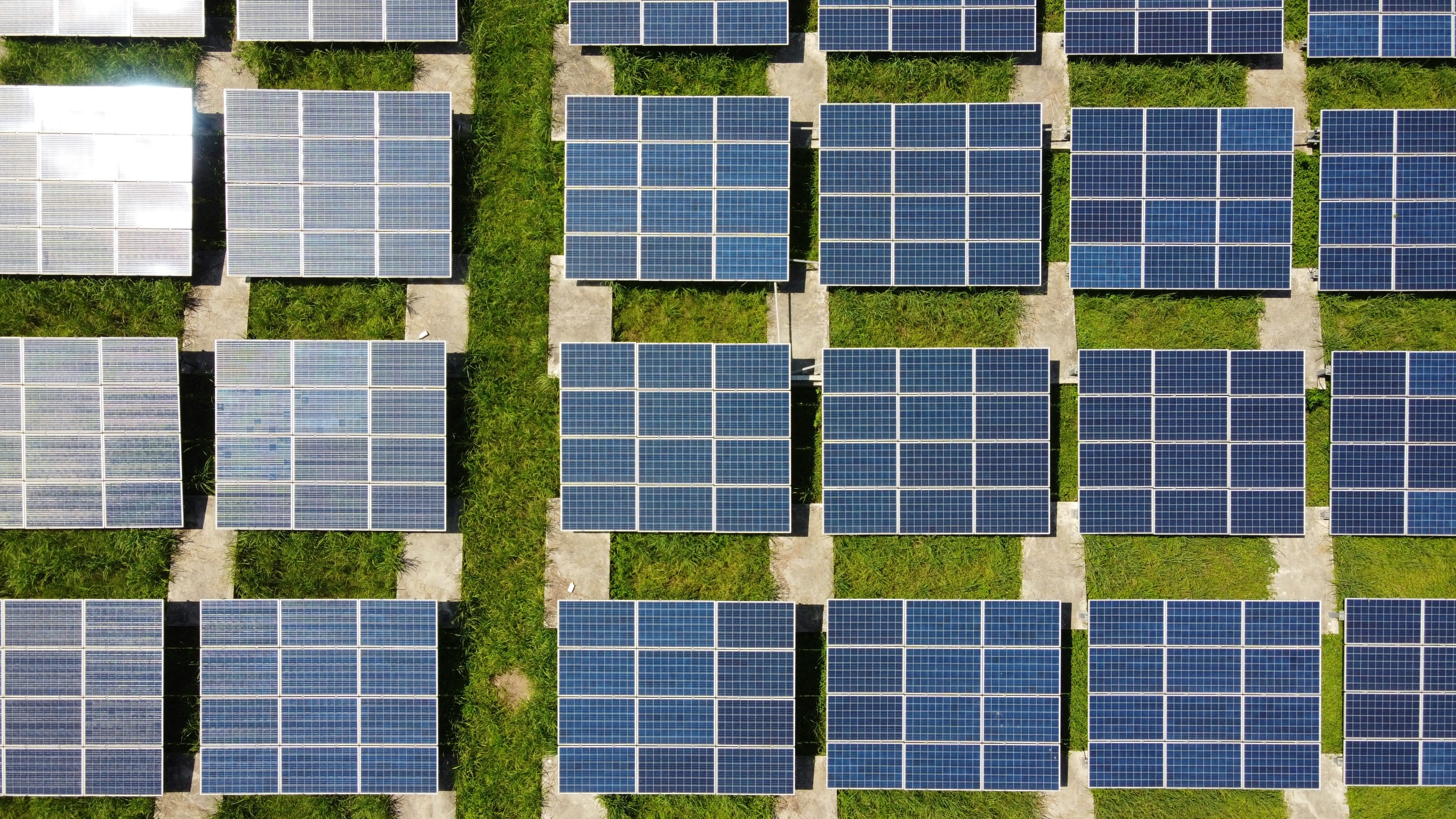Local content policy, or local content requirements (LCRs), refers to a policy promoting the use of domestic inputs in industrial production. LCR policy, one of many tools of industrial policy since the mid-20th century, was generally adopted as a means of promoting industrial development. This policy has made a resurgence in the 21st century, especially after the 2008 Global Financial Crisis.
It emerges in major developing and developed economies such as the US, Canada, Russia, several EU states, China, India, and Brazil. It has been applied in a variety of economic sectors, among which are oil and gas, minerals, automotive, renewable energy, pharmaceuticals, and medical devices.
In Indonesia, local content policy has been implemented as an integral part of Industrial development. The policy was present in Indonesia’s history as early as the 1950s but was applied more comprehensively from 1974 onwards, specifically in the automotive industry. During the 1998 Asian Financial Crisis, the use of LCR was abandoned following an IMF bailout and subsequent reforms, but the policy returned in the 21st century when it was made a condition for firms that want to participate in government procurement.
The government argues that the reintroduction of the recent local content policy aims to increase the effectiveness of government spending in promoting Indonesian welfare, establish greater economic independence, provide better protection from external shocks, and pursue long-held goals of achieving steady industrial development and economic growth.
However, local content policy is not without problems. The use of LCRs was criticized as a policy that generates short-term gains, requiring firms to use local inputs and subsequently increasing industrial output and employment, at the expense of incurring higher production costs and consumer prices.
Supporters of the policy argue that the costs of LCRs are justified since it may generate learning benefits and long-term industrial or technological development. However, successful cases are few, and the debate on local content policy has yet to be settled. It may be in the best interest of policymakers to evaluate the effectiveness and impact of LCR policy in the Indonesian context.
There have been several studies examining the impact of LCR policies on some specific industries in Indonesia. Among these studies were Thee (1997) and Aswicahyono, Basri, and Hill (2000) who investigated the effects of LCR policies implementation in the automotive industry. The former revealed that LCR policy promoted significant industrial development in the motorcycle industry which outperformed its fourwheeled counterpart by achieving greater scales of production and high levels of local content.
Meanwhile, the latter discovered that the policies generated small-scale production in the four-wheeled car industries, and this different outcome was largely due to differences between the two markets’ structures and the relatively lower technological complexity of motorcycle production. Furthermore, both studies found that LCR policy was plagued with high production costs and high consumer prices, and the industry had low R&D capabilities and exported very little compared to its ASEAN peers.
Similar results have also been found in the more recent studies on LCR policies in Indonesia, such as Negara (2018). He investigated the effect of LCR in manufacturing in Indonesia, especially in the case of machinery and transport industries. By using the large and medium scale manufacturing survey data for the period of 1990-2013, he found no evidence that the implementation of LCRs reduced firm’s dependency on imported inputs.
Instead, he discovered the positive effect of imported inputs on firm-level productivity, value added, output, export, and employment on the manufacturing sector in Indonesia. Based on these findings, he argued against the implementation of a stricter LCR as it may harm both the country’s industrial performance and its competitiveness.
This present study aims to re-examine the impact of local content policy in Indonesia and to see whether the implementation of LCRs achieves government-held objectives. Unlike the previous studies, this study uses mixed research methods, combining qualitative and quantitative approaches, with the latest available data. It conducts a brief overview of relevant literature on LCR policy and its impacts as well as in-depth interviews and focus group discussions with key stakeholders from both public and private sectors.
In addition, this study quantitatively assesses the ex-ante and ex-post effects of LCR policy using computer general equilibrium (CGE) and econometric modelling. The analysis in this study is conducted both at overall manufacturing industries and at specific sectoral level, namely ICT industries and pharmaceutical and medical devices as example. These sectors are selected as they are the dominant sectors receiving the current LCRs in Indonesia.
The remainder of this report is organized as follows. It firstly reviews the relevant literature on local content policies and its outcomes and then briefly discusses LCR regulations and policies in Indonesia. Afterwards, it explains and analyzes the quantitative assessments of LCR policy’s economic impacts in Indonesia. Lastly, the study will conclude with policy suggestions derived from the preceding information
Kebijakan komponen lokal, atau yang dikenal sebagai tingkat komponen dalam negeri (TKDN) di Indonesia, merupakan kebijakan yang digunakan untuk mempromosikan penggunaan bahan baku dalam negeri untuk keperluan produksi. Secara historis, kebijakan TKDN menjadi salah satu kebijakan industri yang telah diadopsi sejak pertengahan abad ke-20 sebagai sarana untuk mendorong pembangunan industri.
Kebijakan ini kembali diadopsi di abad ke-21, khususnya setelah Krisis Keuangan Global 2008, baik oleh negara maju maupun berkembang seperti AS, Kanada, Rusia, beberapa negara Uni Eropa, Tiongkok, India, dan Brasil. Dalam praktiknya, kebijakan TKDN telah diterapkan di berbagai sektor, seperti minyak dan gas, mineral, otomotif, energi terbarukan, farmasi, dan alat kesehatan.
Di Indonesia sendiri, kebijakan TKDN sudah menjadi salah satu salah satu elemen penting dalam konteks kebijakan pembangunan Industri. Kebijakan tersebut sudah dimulai sejak tahun 1950-an, meskipun implementasi yang lebih komprehensif baru dimulai tahun 1974, khususnya di industri otomotif. Pada masa Krisis Keuangan Asia 1998, kebijakan TKDN sempat ditinggalkan sejenak mengikuti arahan kebijakan bantuan yang diberikan oleh IMF dan agenda reformasi.
Namun, kebijakan TKDN hadir kembali pada abad ke- 21 ketika menjadi syarat bagi perusahaan yang ingin berpartisipasi dalam proses pengadaan pemerintah. Kebijakan TKDN terbaru ini bertujuan untuk meningkatkan efektivitas pengeluaran pemerintah dalam meningkatkan kesejahteraan dan kemandirian ekonomi, memperkuat ekonomi dari tantangan eksternal, dan mencapai tujuan jangka panjang Indonesia untuk membangun industri dan mendorong pertumbuhan ekonomi yang berkelanjutan







